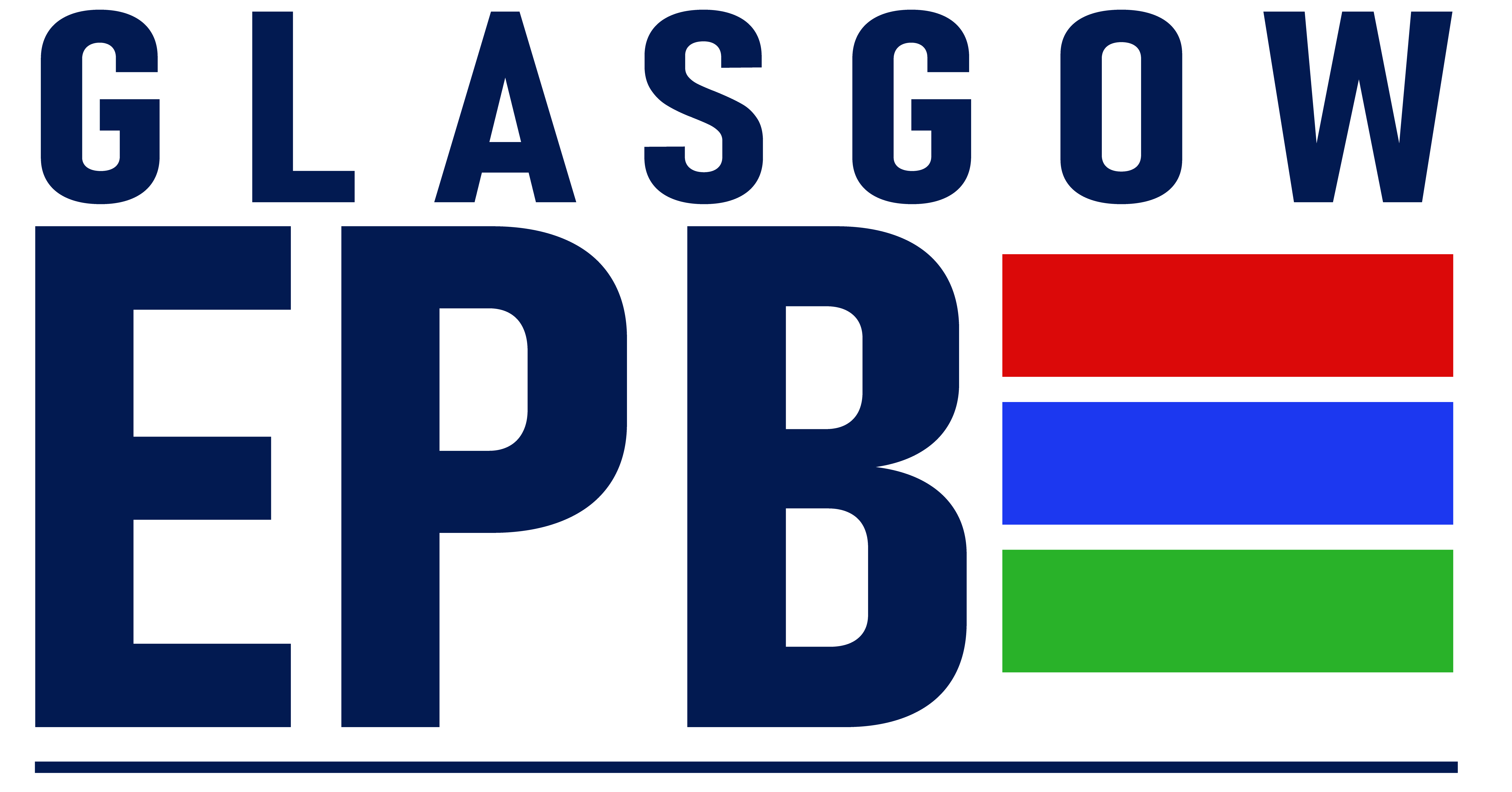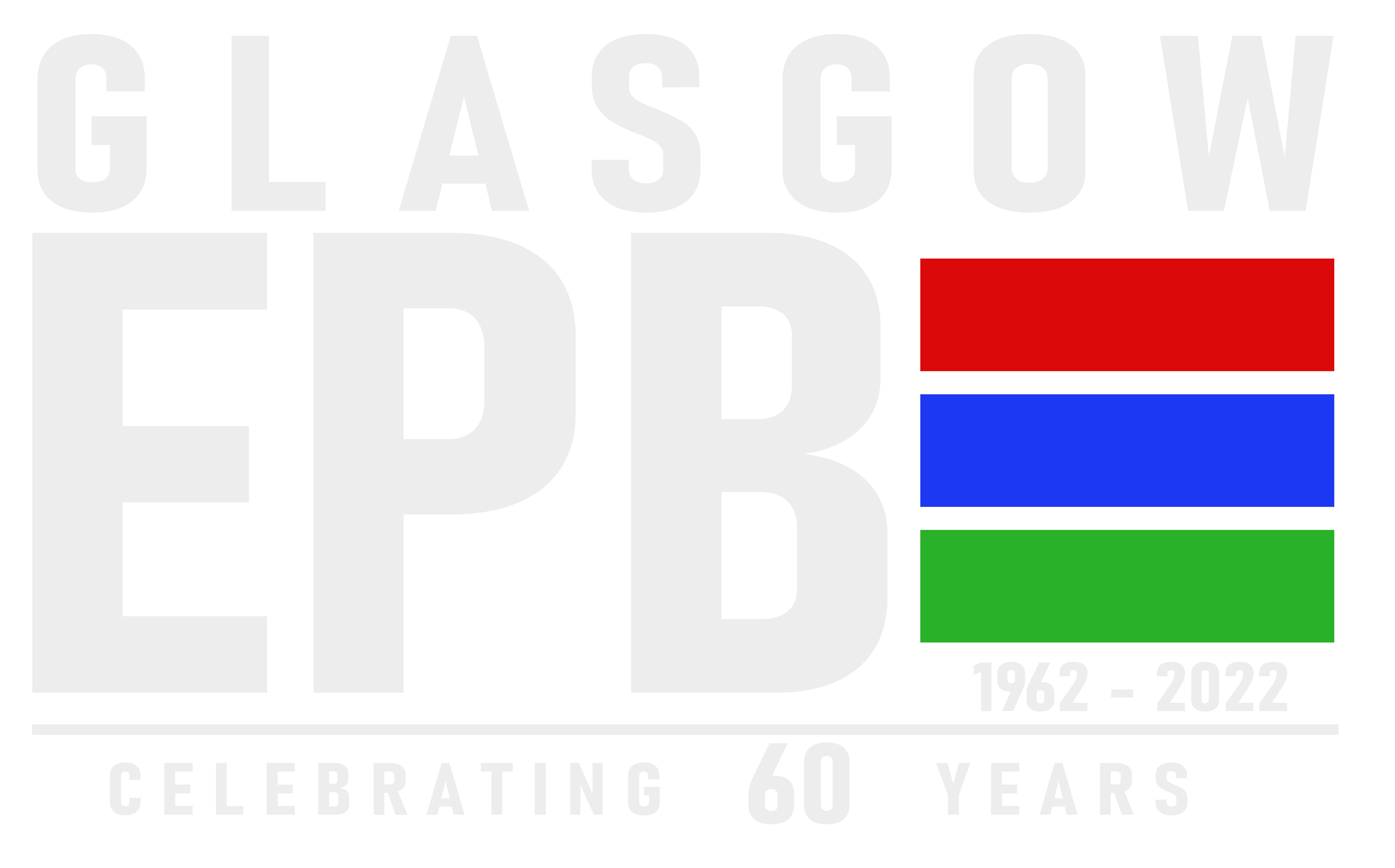Please Reduce Nonessential Energy Usage
The Glasgow EPB is asking all power customers to reduce their nonessential electricity usage (e.g. unplug electronics not in use, turn off lights in empty rooms, avoid use of washer/dryer) in an effort to help the regional power grid as our area continues to experience extremely cold temperatures, resulting in high energy consumption.


